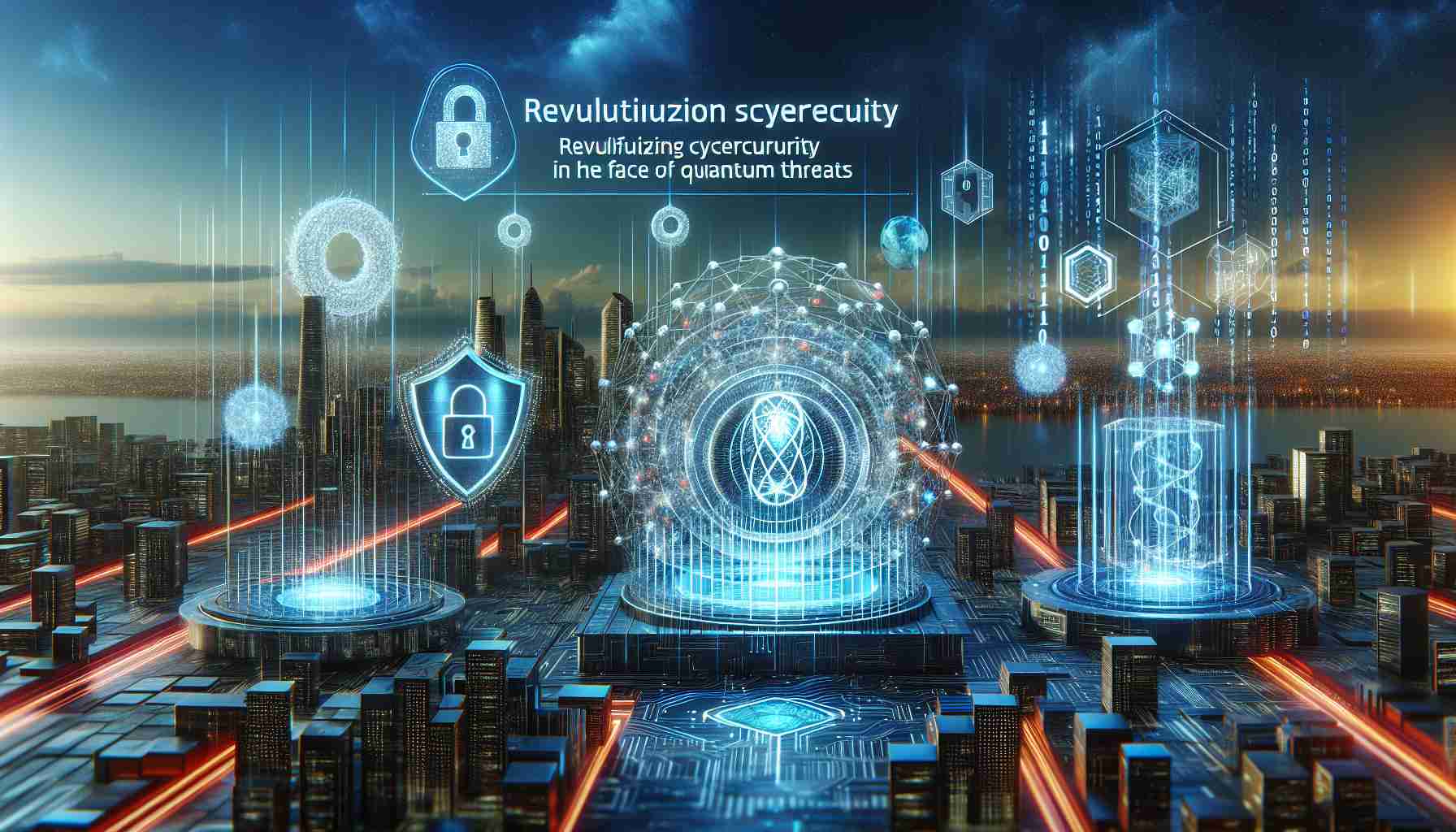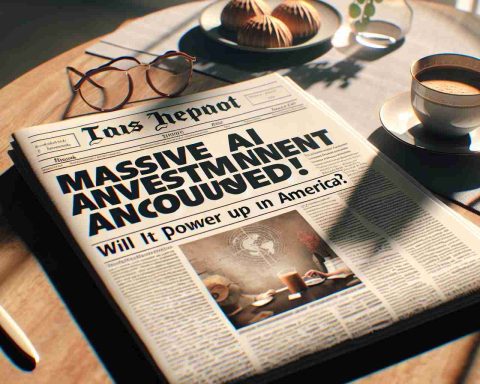PQShield Enhances Japan’s Cyber Defense
PQShield, a leader in post-quantum cryptography (PQC), has officially joined forces with Japan’s Cyber Research Consortium (CRC). This partnership, underpinned by funding from the New Energy and Industrial Technology Development Organization (NEDO), aims to bolster defenses against potential cyber attacks enabled by quantum computing.
The initiative focuses on designing advanced cryptographic protocols that align with NIST standards, thereby ensuring Japan’s technology supply chain remains secure and resilient. PQShield’s expertise will play a crucial role in promoting global standardization of PQC technologies through innovative research and development.
As part of this collaborative effort, PQShield is set to embark on two key projects: developing PQC primitives and working alongside the National Institute of Advanced Industrial Science and Technology (AIST) to update existing cryptographic protocols to the latest NIST specifications. The work, led by PQShield’s seasoned researcher Dr. Shuichi Katsumata, seeks to innovate cryptographic methods including ring signatures and threshold encryption.
This project brings together an extensive network of contributors, including prominent Japanese firms and academic institutions like Mitsubishi Electronics and the University of Tokyo. Through these collaborations, PQShield aims to lay the groundwork for a secure and future-proof digital landscape in Japan and beyond, addressing the pressing challenges posed by quantum computing.
Cybersecurity in the Quantum Age: A Global Perspective
The partnership between PQShield and Japan’s Cyber Research Consortium represents a pivotal moment in cybersecurity as we approach the era of quantum computing. The implications extend far beyond national borders, with potential ripple effects on the global economy and international relations. As quantum capabilities evolve, the threat to traditional cryptographic systems escalates, necessitating a concerted global effort to address vulnerabilities in cyber infrastructure.
The implications for society are profound. Enhanced cyber defense mechanisms shape not only the security landscape but also public trust in digital services — a cornerstone of modern economies. In a world where digital transactions and communications dominate, the assurance that sensitive data is secure can bolster economic activity and foster innovation across industries.
Furthermore, the environmental impact cannot be overlooked. The transition to stronger cryptographic methods involves increased computational power and energy consumption, which may exacerbate the existing strain on resources. Nonetheless, advancements in PQC may lead to more efficient algorithms that ultimately minimize energy use in the long run.
Looking ahead, the development of post-quantum cryptography could set new standards for security protocols globally. As nations invest in quantum resistance, the competitive landscape may shift, influencing trade dynamics and geopolitical power. Ultimately, the work initiated by PQShield and its partners could lay the foundation for secure digital ecosystems that endure as technology continues to evolve.
Strengthening Japan’s Cybersecurity: PQShield’s Quantum Leap
Introduction
PQShield is making significant strides in fortifying Japan’s cyber defense capabilities by harnessing the power of post-quantum cryptography (PQC). As the world approaches an era where quantum computing could potentially compromise traditional encryption methods, this collaboration signifies a proactive approach to safeguarding digital infrastructures.
Partnership Overview
PQShield has partnered with Japan’s Cyber Research Consortium (CRC), leveraging support from the New Energy and Industrial Technology Development Organization (NEDO) to enhance cybersecurity measures against quantum-enabled cyber threats. This alliance aims to design cryptographic protocols that are not only robust but also compliant with the latest National Institute of Standards and Technology (NIST) specifications.
Pros and Cons of PQC Implementation
Pros:
– Enhanced Security: PQC offers solutions designed to withstand quantum attacks, ensuring long-term data protection.
– Industry Collaboration: The partnership with entities like Mitsubishi Electronics and the University of Tokyo fosters innovation and adoption of advanced security measures across different sectors.
– Standardization Efforts: Aligning with NIST standards promotes consistency and reliability in cryptographic applications.
Cons:
– Implementation Costs: Transitioning to post-quantum cryptographic systems can involve significant investment and resources.
– Complexity of Integration: Existing systems may require extensive updates, posing challenges for organizations with legacy infrastructure.
– Limited Awareness: Many organizations remain unaware of the looming quantum threat, which can lead to sluggish adoption of new standards.
Features of PQShield’s Initiative
– Development of PQC Primitives: Focused on creating foundational elements for post-quantum encryption.
– Updating Existing Protocols: Collaboration with the National Institute of Advanced Industrial Science and Technology (AIST) to refine current cryptographic protocols ensures they are quantum-resistant.
– Innovative Cryptographic Methods: Research into advanced techniques such as ring signatures and threshold encryption will be prioritized to enhance security measures.
Use Cases for Post-Quantum Cryptography
1. Financial Transactions: Securing online banking and transactions against future cyber threats from quantum computers.
2. Government Communications: Ensuring that sensitive government data remains confidential and secure from quantum attacks.
3. Data Protection in Industry: Protecting intellectual property for businesses that rely heavily on proprietary technologies and information.
Limitations and Challenges
Despite the promising advantages of PQShield’s initiatives, there are hurdles to overcome. The transition to PQC technologies will depend on widespread awareness, industry readiness, and financial investment from various sectors. Moreover, achieving global consensus on standards will require significant collaboration and ongoing research.
Trends and Insights
The urgency for PQC solutions is growing as organizations become more aware of the threats posed by advancements in quantum computing. Expect to see increased investments in cybersecurity innovations as companies strive to future-proof their defenses.
Conclusion
PQShield’s collaboration with Japan’s Cyber Research Consortium marks a vital step toward securing the nation against potential quantum cyber threats. By focusing on post-quantum cryptography solutions, stakeholders in Japan will be better equipped to safeguard their digital infrastructures, ultimately contributing to a more resilient global technology landscape.
For more insights into PQC and related cybersecurity advancements, visit the PQShield website.












